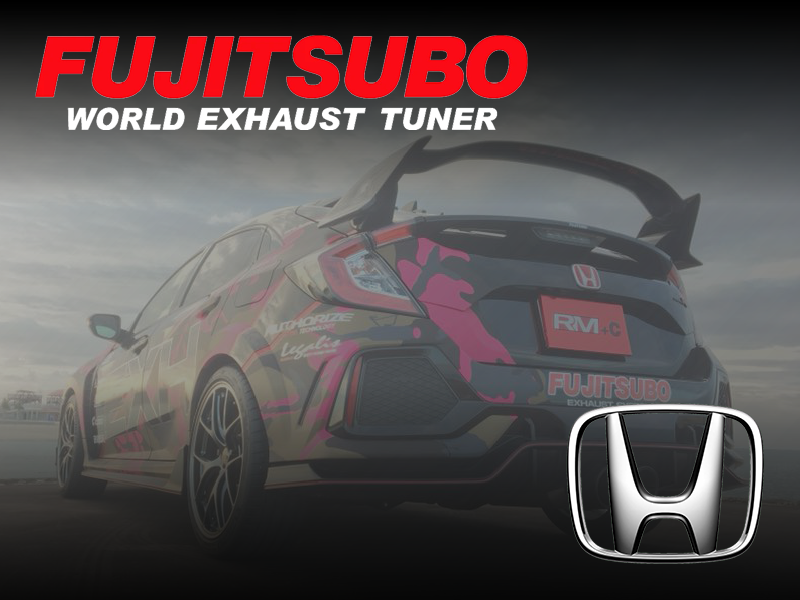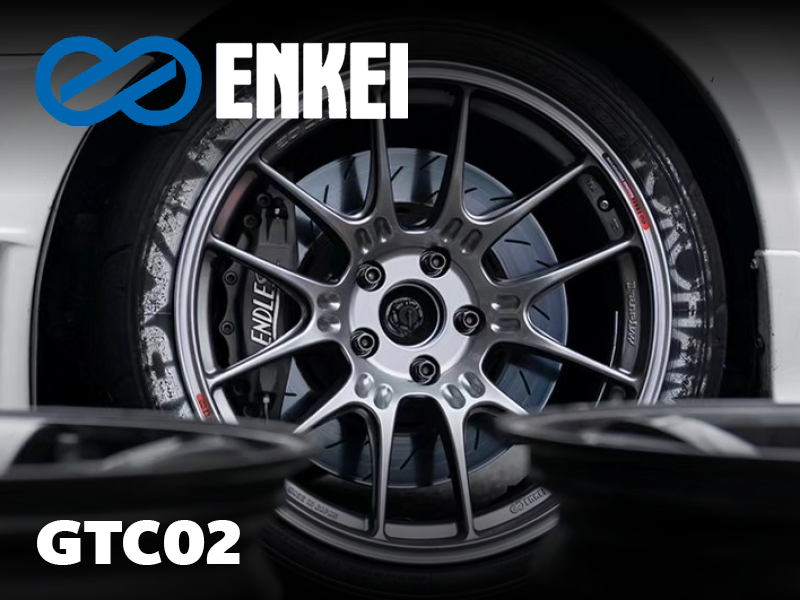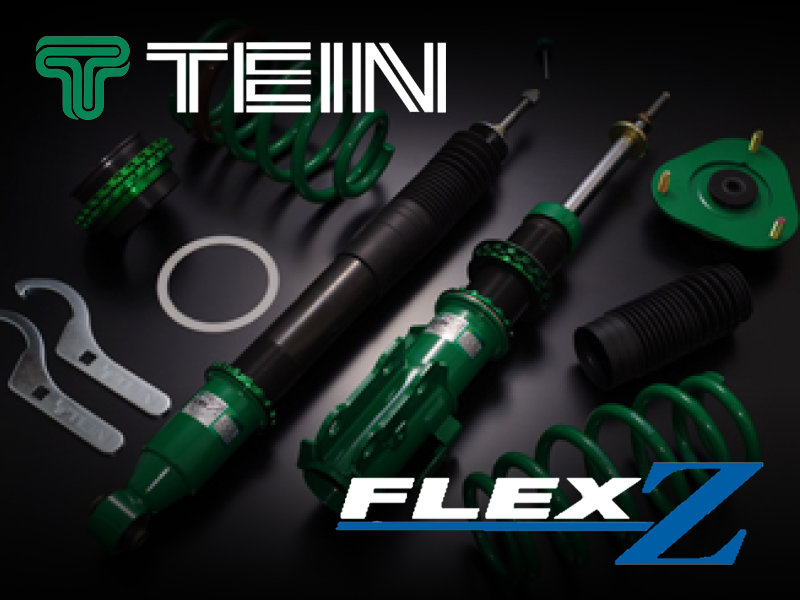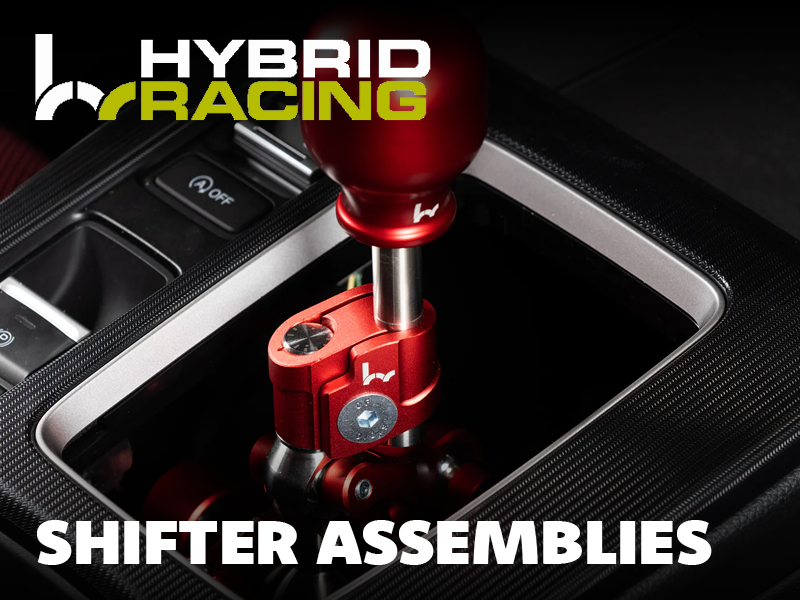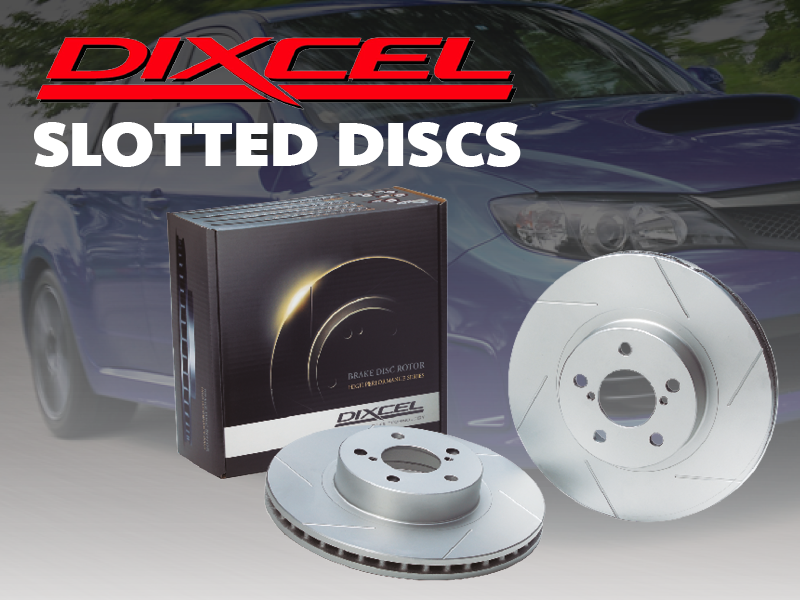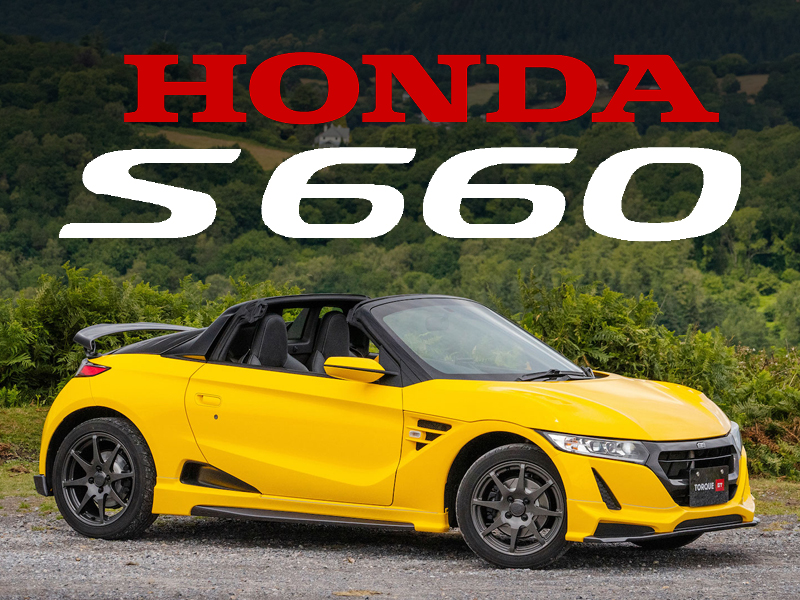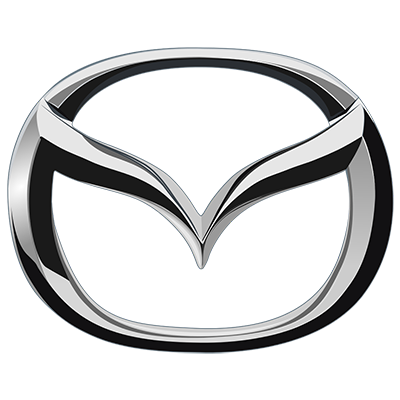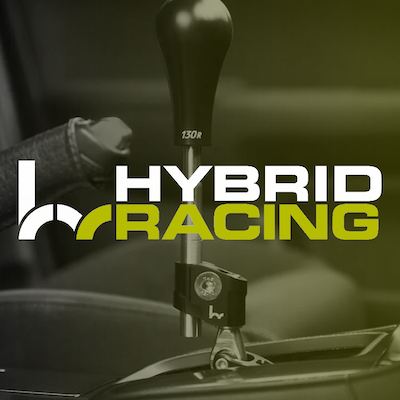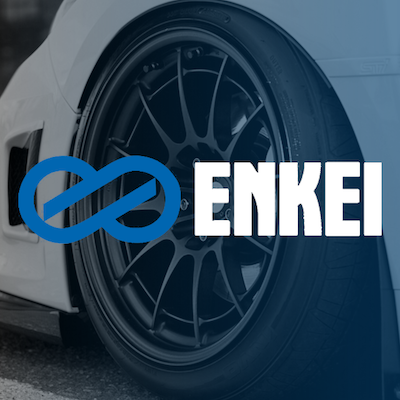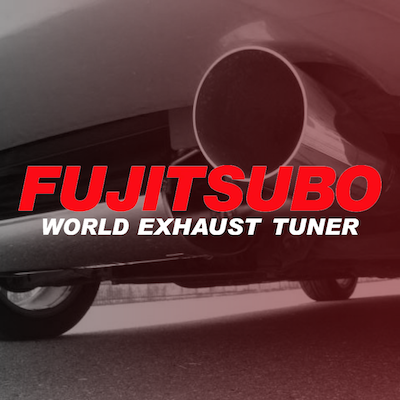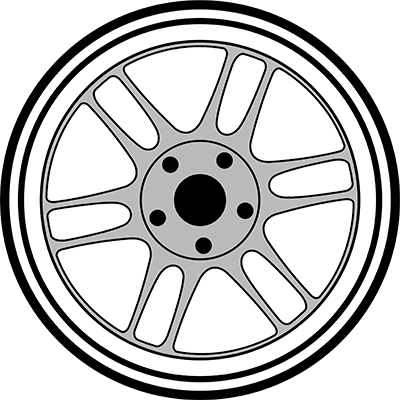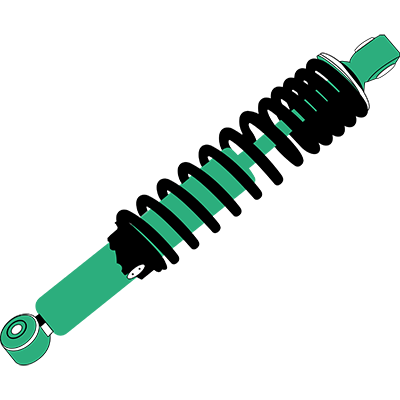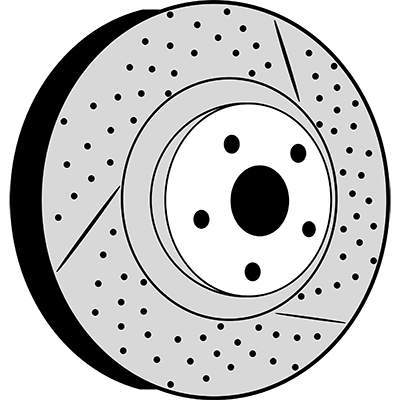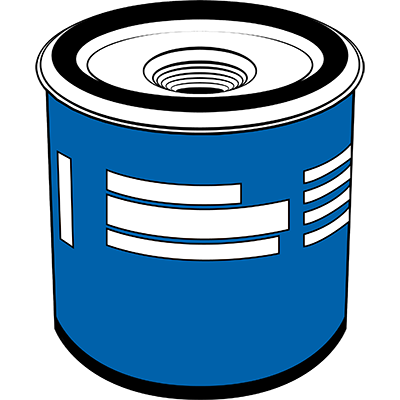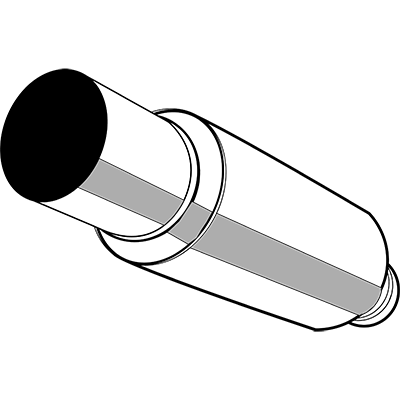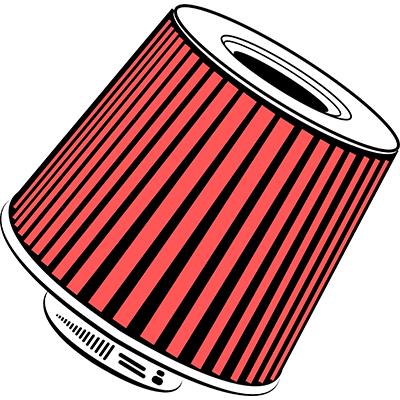TORQUE GT ● BLOG

As bad starts go, breaking down the first time you drive a new car is up there.
Luckily, it happened on a quiet piece of road and not too far from Torque GT HQ, so the car was easily recovered and we could start investigating what had gone wrong. Everyone’s first guess was an issue with the distributor which we commonly see failing on the older B-series Honda’s. We decided to start by switching out the existing dizzy for a known good one and see if that solved the issue.

On the face of it, the one that was on the car looked to be in reasonably good condition, but upon removing the cap this definitely wasn’t the case. One of the previous owners has replaced the cap, but the dizzy itself was as old as the car, and was in a pretty sorry state.

With the old distributor removed and working one fitted along with a new battery, we fire the car up and it’s back running as it should. Relief!
My second attempt at a test drive goes far better than the first. The car pulls nicely through the gears and revs freely. The gears feel tight and mechanical, with no notches or dragging. There is a noticeable knock coming from the rear of the car which will require some further investigation. We checked all of the commonly failing bushes and drop links during appraisal, all of which appeared fine. Suspension is something I’ll be addressing soon, so I’ll put this on the back-burner for now.
Next up, bodywork appraisal.
To be blunt, this car needs a LOT of TLC. It’s spent the last 7+ years of it’s life on the roads here in the UK and whilst the previous owners have kept the interior in good condition, the exterior has been pretty neglected.
I give the car a thorough wash and decontamination to get a better idea of what condition the paintwork is in, but there’s so much ground in dirt and the paint is so flat that I’d hazard a guess it hasn’t seen any polish or wax in years, and it shows.

After a thorough polish of the exterior, it’s clear to see both the driver and passenger side are peppered in parking dents. The front bumper has a number of marks that will more than likely mean repainting the entire thing, and the rear of the car has been painted at some point in the past. As is always the case with older Honda’s, the stickers and badges have either perished or faded. The wheels are also desperately in need of some attention. Plenty to address!

The failed rocker cover gasket has coated the entire engine bay in a thin film of oil, so we give this a thorough de-grease and clean down. What’s left of the rocker covers factory paint falls away with little persuasion in the process.

The bodywork requires a significant amount of work on it’s own, so for now I decide to concentrate on getting the car’s mechanical faults rectified. It may not be show winning on the exterior, but at least it’ll be drivable!
First issue; Honda have discontinued the CV joints for the EK, so replacing these now means using either patent parts, used parts, or costly aftermarket driveshafts. I’m not keen on fitting a used joint with little to no provenance, or splashing out on a really expensive set of drive shafts, so decide to go with a non-Honda replacement part.
Another common fault that we keep seeing on B-Series Honda’s is broken engine mounts, in particular the rear mount and lower torque mounts. Yet again, this EK9 is no exception to the rule with all 3 broken and the rest not far behind. Whilst you can still get replacement parts, there are a wide variety of brands on the market offering items that are firmer than standard.

These take a lot of the movement out of the powertrain and tighten everything up. As a result, the vehicle feels sharper and more responsive, as well as gaining some additional grip, which in the already go-kart-like EK9 only helps improve what is already an exciting chassis. The main drawback to these is increased noise and vibration transmitted into the cabin. As a rule of thumb, the firmer the material used in the mounts, the worse this will be. This means choosing the right material for what you want to use the car for is key.
I’d like to use this car on the road rather than the track, so I chose not to go with firmer Polyurethane mounts and instead chose a full Hardrace kit. These utilize a hardened rubber that offers the benefits of firmer mounts, but still have some flexibility, making them a little more friendly for day to day driving. Were this EK9 destined for track work, then I’d be tempted to look more seriously at Poly mounts.

We top off the initial workshop session by tackling the failed rocker cover gasket. Replacing this, along with some Millers 5w40 and a HAMP filter takes care of matters here. As the rocker cover is coming off anyway, it would be rude not to replace it while we’re at it. After a quick exchange of messages, Paul aka Spooner Restorations kindly agrees to provide me with one of his beautifully refurbished covers.

For something relatively inexpensive and simple to change over, it’s amazing the difference that a fresh rocker cover makes to a tired engine bay. Paul offers a variety of finishes, ranging from simple single colours like this one, to complete one-off designs, all of which are finished to a really high standard. Being a bit of a purist, I choose to stick with the classic wrinkle red, which looks fantastic nestled in the the Champ white engine bay.

That just about wraps up this phase for the EK9! As the weather is still relatively poor (it’s April… where is the Sun?!), I’ve decided to hold off road testing the EK9 again until it improves. I’ll report back with a review on the Hardrace mounts, along with some news on a few other goodies I have lined up. Stay tuned!

